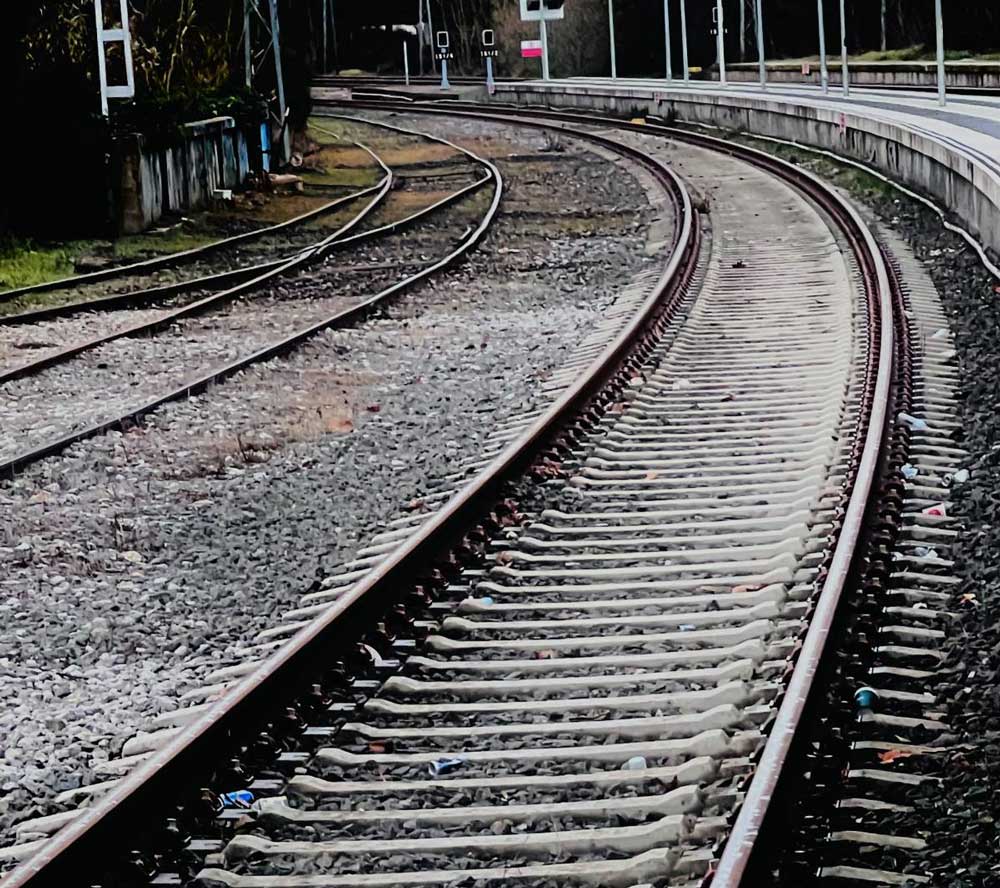Transport and logistics directly affect people’s lives and the health of the planet. All actions to improve towards sustainable practices must be taken into account in order to achieve (or at least get closer to) the ambitious objectives set by different international organisations.
*European Green Pact: the Commission proposes a zero emissions target from 2030 for new city buses and a 90% reduction in emissions for new trucks by 2040.
Rail freight services are called to be an important part of the solution to the challenges, although to do so it will have to have an impact on four basic pillars, namely:
The network. Multimodal nodes must be strategically located to guarantee the connection between points of origin and destination that generate freight traffic. Of course, the capillarity offered by road transport must naturally form part of this network (collaboration between modes) in order to offer door-to-door services. Autonomous driving (of trucks and trains) can add frequency to logistics services, reducing the ratio of number of units transported / profitability, which would open the door to shorter delivery times, night services, …
Technology and innovation must offer traceability of goods and intermodal transport units (ITU’s), controlling aspects such as real-time location, temperature, humidity, door opening, vibrations, optimal state of the ITU’s, etc. Predictability in deliveries, calculation of alternatives in the event of unforeseen events (accidents, track cuts, delays, etc.).
Automation of: access to terminals, interchange of loads, administrative procedures, electronic transport documents, booking systems, etc.
Coordination and connection between the different modes of transport, to gain efficiency, punctuality and improve transit times.
Sustainability. Part of the railway networks are not electrified and require the use of locomotives with diesel engines. Moving towards more sustainable propulsion, such as green hydrogen, would reduce emissions of polluting gases.
Autonomous driving and predictive maintenance would eliminate breakdowns and ensure higher availability.
Integration. Open and collaborative logistics, in which the transition to different modes of transport is done naturally, seamlessly and without high costs, allowing the integration of transversal solutions (technology, services, optimising routes combined with different operators, multi: destination / product / customer, …); all these conditions must also be met in cross-border transits, including the validation of tracking systems, security, communications, …
The implementation of logistics chains based on these four pillars would accelerate the transformation and transition to competitive and sustainable low-emission solutions. The market demands integrated door-to-door services managed under the concept of “one-stop-shopping, transparency, transit time and competitive pricing, with attention to social and environmental responsibility.
*https://ec.europa.eu/commission/presscorner/detail/e


